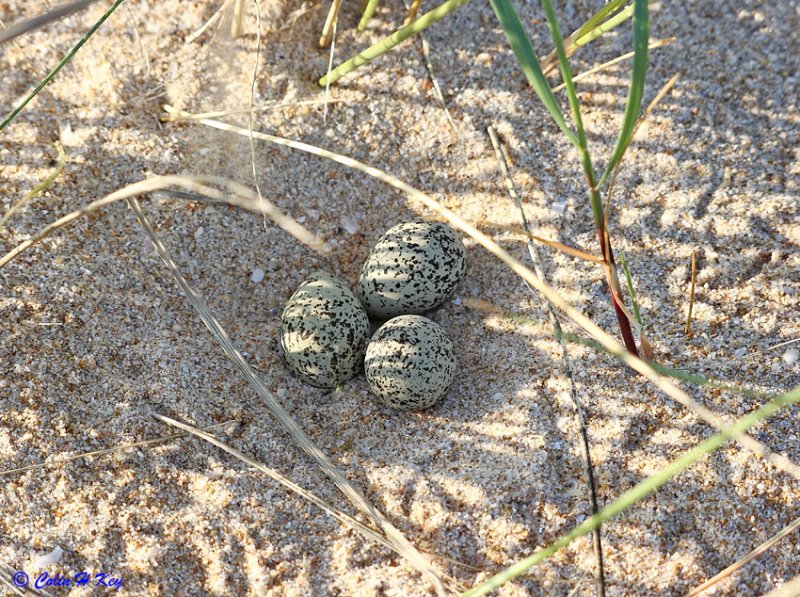BREEDING SEASON
I am starting to write this post on the 1st of August and the weather is horrendous - lead-grey skies with continuous thunder and lightning and very heavy downpours all day. In fifteen years here I have never seen a drop of rain during August. I would not be surprised to hear that July was the coldest on record; we have had lots of sunshine but the constant strong NW winds, almost gale-force at times, have kept temperatures well below the seasonal average. This time last year it was a scorching 40+℃.
The breeding season is virtually over and on my local "patch" (Ria de Alvor and Quinta da Rocha) the only species still feeding unfledged young are a few pairs of Little Terns which are probably on second broods.
Little Tern
Black-winged Stilt
Kentish Plover nest which failed due to flooding
Equally worrying is the lack in numbers of what were formerly common birds in this area, something which has been commented on by other resident and visiting birders. Species which "buck" this trend are Bee-Eaters and hirundines (Red-rumped Swallows seem to be doing especially well), but although Woodchat Shrikes arrived in good numbers, and three or four pairs nested around my land, they have now disappeared and there is no sign of any juveniles which are normally very obvious and vocal in their demands for food even after fledging. Many resident species have also decreased dramatically. As an example, Sardinian Warblers could be seen and heard throughout the day around the house and several pairs nested in my garden. It is two years since I have seen or heard one locally.
Male Sardinian Warbler
Other species which come to mind are Serin and Blackcap, both of which were garden nesters and now absent; the Blackcaps song is especially missed. Common Waxbill nested all year round here, in fact the local bird observatory and ringing station used to send visitors in the direction of my garden as being the best locality to see this species in sometimes large (30+) flocks, but they also have disappeared.
Adult and juvenile Common Waxbills
The reasons for these declines could be many-fold and complex but I doubt whether climate or availability of food are factors. There is, however, a COMMON ENEMY to all other bird species from the diminutive Waxbills to raptors the size of Short-toed Eagles: this is the Azure-winged Magpie. 20 years ago when I came on holiday here for three weeks every year this was a scarce bird and I was lucky to see half a dozen during my stay. Now, this species has increased exponentially; they are in and around my garden every day with their annoying "squawking" calls and it is not uncommon to see post-breeding winter flocks of several hundred birds. Although they are attractive birds they are 'corvids' and have the typically malicious behaviour.
Azure-winged Magpies
Maybe time for a local "cull"?







